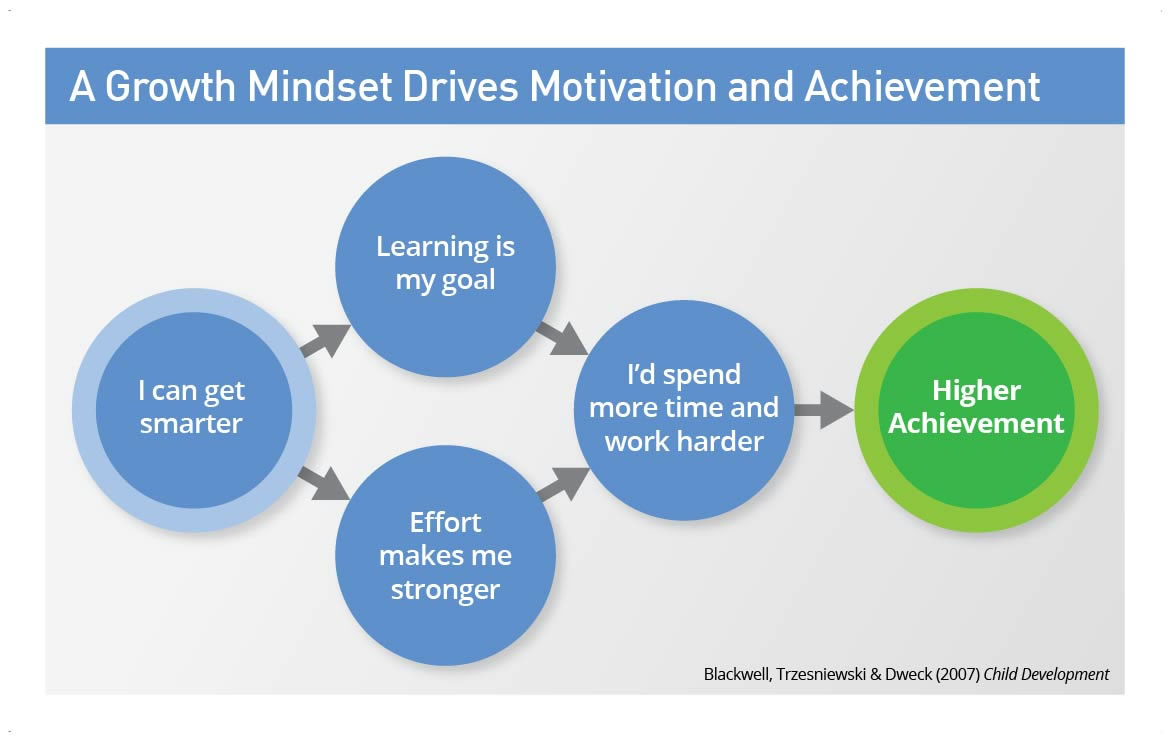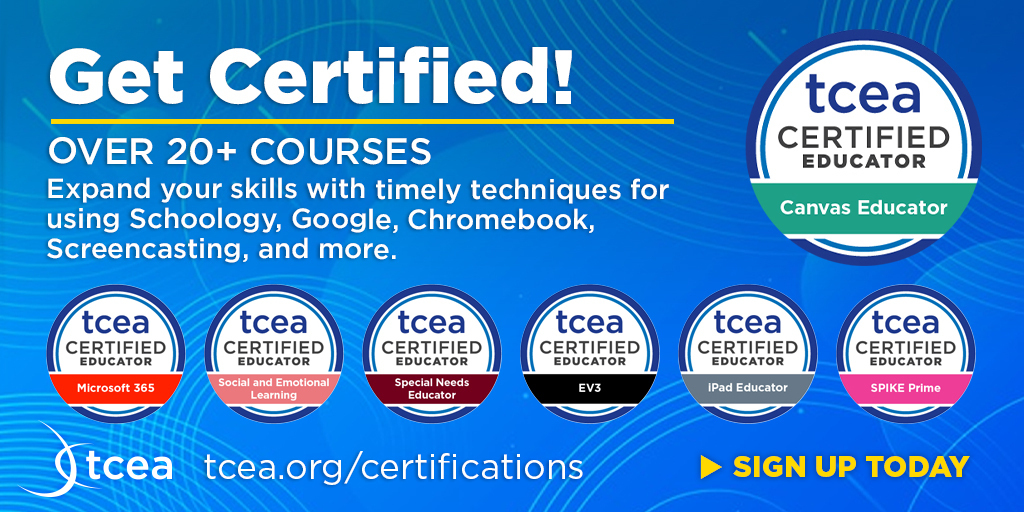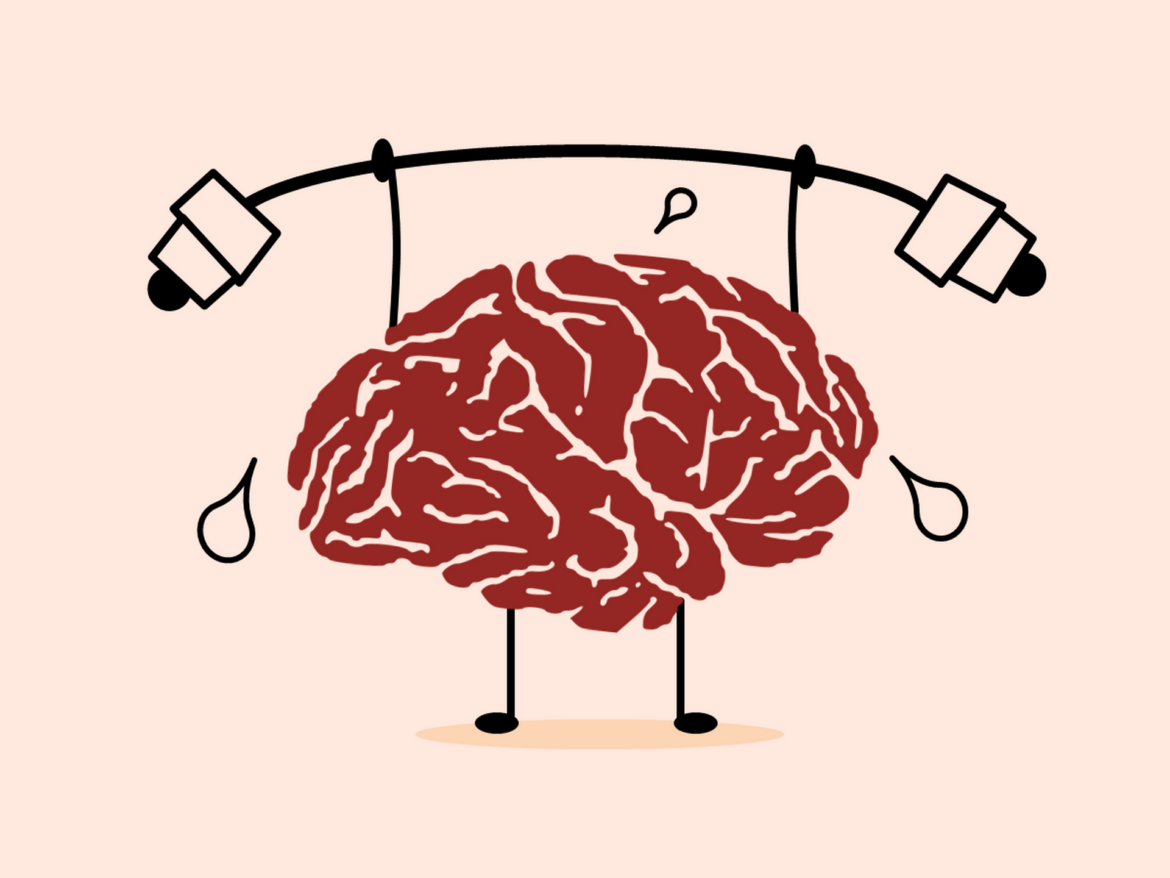Our knowledge about the brain and how it learns has dramatically increased over the past 30 years, with many beliefs that we used to hold about learning now being shown as false. Let’s take a look at some of the latest research and what it means for you as a professional educator.
Some Brain Basics
There are several basic facts about the brain and learning that we need to understand first:
- Learning arises from changes in the connections between brain cells, not the addition of new brain cells. It was found that rats raised in a laboratory with an environment that was enriched with stimuli to encourage learning developed 25% more synapses than control rats did. “With practice, neural networks grow new connections, strengthen existing ones, and build insulation that speeds the transmission of impulses” (source). This effect occurs whether a more stimulating environment is experienced immediately following birth or during maturity. In other words, connections can continue to be formed throughout our lives, so we should never stop learning new things.
- Learning involves changing the brain. That seems like a simple statement, but let it sink in for a minute. In order for real learning to take place, physical changes must occur in the brain itself. That implies that some effort is required.
- Adequate sleep, nutrition, and exercise encourage robust learning. If we are lacking in any of these areas, our brains cannot learn as effectively.
- Moderate stress is beneficial for learning, while mild or extreme stress are detrimental. This seems really key to me. Often times, as teachers, we try to make the learning as easy as possible for our students. But the research shows that we need to be under some stress in order for our brains to “step up” and fully tackle new information. Too much stress, however, and learning stops.
Where Does a Growth Mindset Fit In?
30 years ago, Carol Dweck and her colleagues began studying student attitudes about failure. After some research, they defined two different views that students had about the work they were doing: either a fixed mindset or a growth mindset. A growth mindset is defined as the underlying belief that we can get smarter and that effort on our part makes us stronger. That belief leads to learners putting in extra time and effort, which leads to higher achievement.

So a growth mindset actually changes behavior, which then grows the connections in our brains to further cement new learning. And, if someone has a fixed mindset (“there is nothing I can do to be smarter”), that belief can be changed to a growth mindset with intervention and practice so that greater learning can occur.
Putting Brain Research and a Growth Mindset into Practice
As educators, it’s important for us to model what we want our students to do. And that’s equally true for having a growth mindset. So what have you done lately to increase the connections in your brain? What new learning have you engaged in? What are you doing to be smarter?
If you haven’t been learning as much as you should, and if the learning you have been doing is not causing moderate stress, then I would recommend you consider taking one (or several) of TCEA’s online, self-paced courses. Based on the latest research on learning, each course is designed to engage you, motivate you, and challenge you, all while providing practice, examples, and resources on important educational topics. Whether you want to up your tech skills with a course in Google or Canvas, robotics or iPads, Microsoft or Seesaw, there is a course for you.
And TCEA’s courses are not just about technology. We also provide online courses that can be completed within a few days on John Hattie’s research on effective teaching and learning strategies, digital tools to help students master critical mathematics concepts, social/emotional learning in the classroom, using library resources to better cover content, and ensuring student engagement and empowerment with self-reported grades.
About the Courses
Each course provides at least 12 hours of CPE credit for professional growth, a digital certificate, and a digital badge. In addition, the courses are constantly updated with new information, the latest research, and additional resources. And they are priced for educators at between $29 and $49 dollars a course with discounts available to campuses and districts for multiple purchases.

There are currently 30 different courses available, with new ones being offered each week. Take a look at them today using a growth mindset and see how you can increase the connections in your brain and improve outcomes in your classroom.

